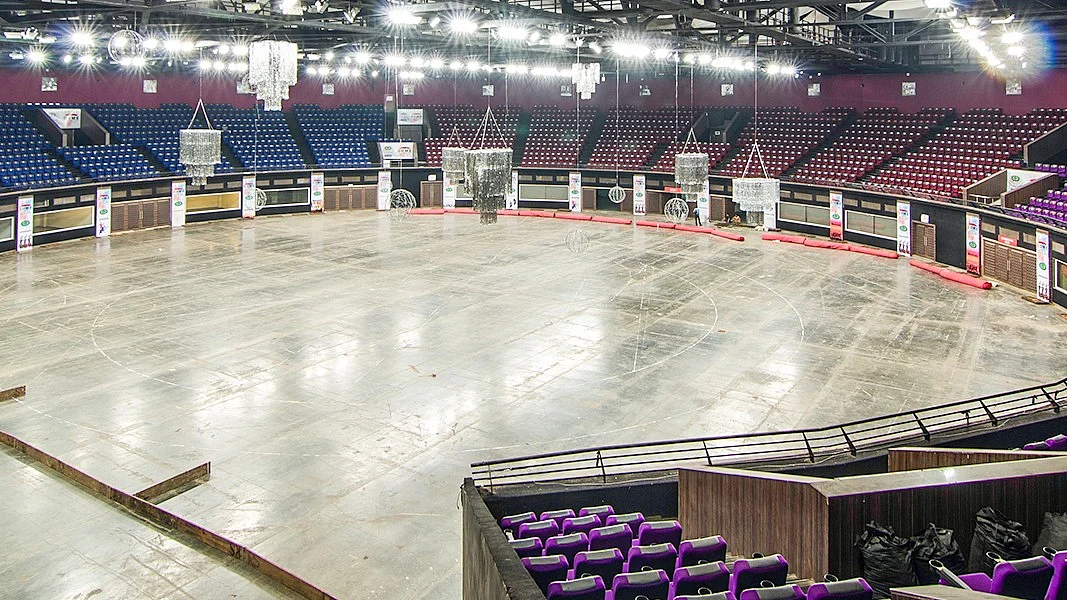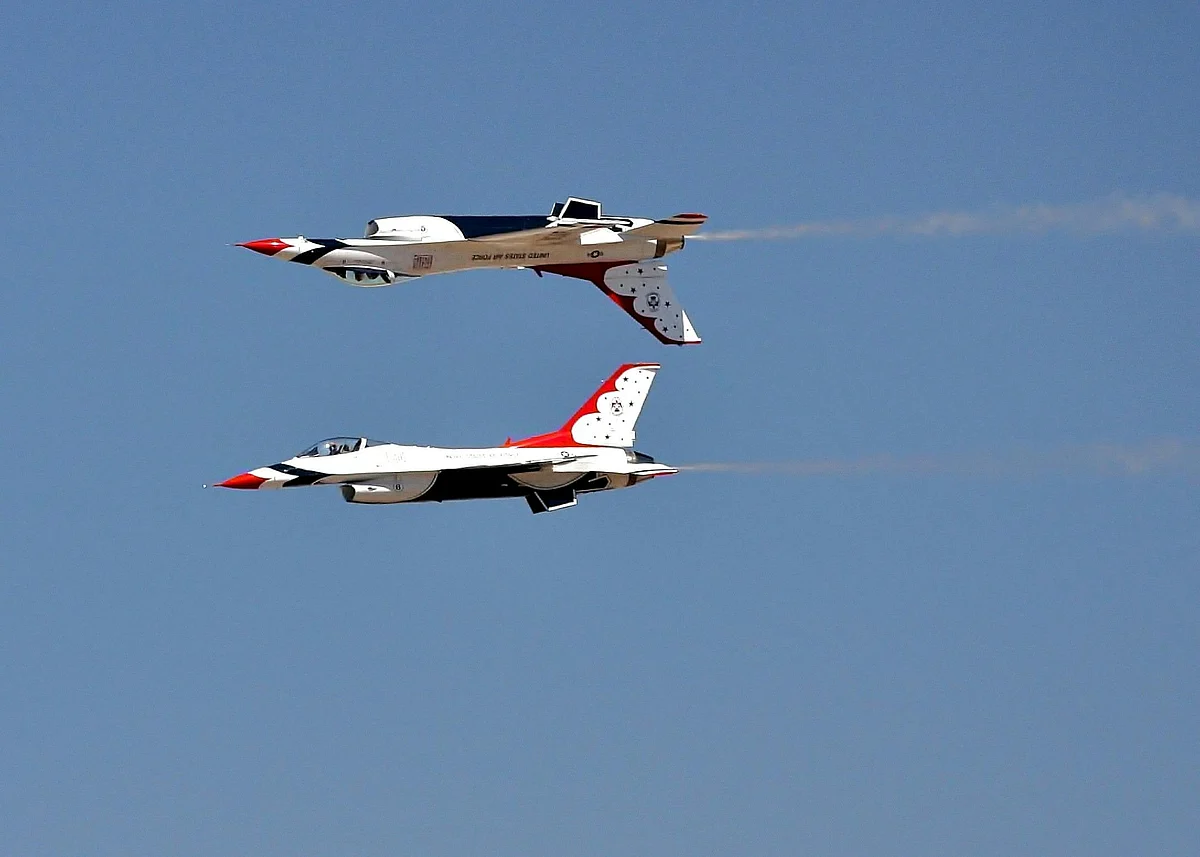The Uttar Pradesh assembly election is six months away. But already, it is generating ripples. Historically, UP has been the laboratory of many political movements and during this process many contrasting ideas have worked at cross purposes and tried to neutralise the other. If in the Ram Mandir movement, the BJP found a potent weapon to scale up its politics and walk a few steps towards achieving its utopia, the Hindu Rashtra, then Kanshi Ram successfully ploughed the field for a Dalit movement and formed governments many times in the politically most powerful state with the maximum number of parliamentary seats in the country. UP has also been the battlefield for backward politics. If the BJP’s politics of identity could be named the Hindutva movement, then the Dalit politics of Kanshi Ram and the backward politics of the OBCs together represent the Mandal movement.
Since Independence, in electoral politics, UP has been a battlefield dominated by the upper caste, with Brahmins especially ruling the roost. But after four decades, politics in the state was turned on its head; backward and Dalit leadership captured the levers of power and ran governments. For 25 years before Yogi Adityanath became the chief minister, except for Rajnath Singh and Ram Prakash Gupta briefly, all the chief ministers came from the OBC and Dalits communities. But now there seems to be a new churn taking place in UP. Just when it was believed that the Brahmins had been relegated to the margins of the UP politics, there is a clamour for Brahmin votes. Every political party is out to lure them to its fold.
Brahmins and Thakurs
In UP, the two most powerful upper castes, Brahmins and Thakurs, have always been at loggerheads for political hegemony. From student politics to parliamentary elections, these two have always been competing to hog the limelight. The bitter rivalry between the two at times has also caused law and order problems. But since 1990, when Prime Minister V P Singh, announced the implementation of the recommendations of the Mandal Commission and Other Backward Castes (OBC) got 27 per cent reservations in government jobs, politics in the state underwent a tectonic shift, with power slipping from the hands of the upper caste to OBC and Dalit leaders.
Kanshi Ram, Mayawati, Mulayam Singh, Akhilesh Yadav and Kalyan Singh emerged as the new kings. Rajnath Singh, the present defence minister, was an exception but then, he was never considered a mass leader. But in 2017, when the BJP won an unprecedented mandate, it stunned everyone by appointing Yogi Adityanath, a Thakur, as Chief Minister. OBCs leaders were grossly disappointed.
In Yogi, the BJP saw a future leader for the Hindutva movement. It is presumed that he might succeed Modi. Yogi has campaigned for the BJP in every election, from Tripura to Kerala. But he is accused of promoting the Thakurs at the cost of Brahmins. Brahmins comprise 12 per cent of the UP population. The encounter of dreaded criminal Vikas Dubey, whose men had killed the eight policemen who had gone to his village to apprehend him, proved to be the turning point. Brahmin leaders charged that under Yogi’s leadership, Brahmins were being systematically hounded by the administration and the BJP is not sure if Brahmins will vote for it with the same vigour as they had shown in the last three elections.
No wonder every political party in UP is now out to woo the Brahmins. The BJP has also realised that the Brahmin angst against the Yogi might prove costly in 2022, which might adversely impact the results of 2024 general elections too. It is no wonder that the party is in damage control mode. The admission of Congress leader Jitin Prasad, a Brahmin leader, reflects this concern.
Smelling opportunity
The BJP’s main opposition in the state, the Samajwadi Party led by Akhilesh Yadav and Mayawati’s Bahujan Samaj Party, have also smelt the golden opportunity. At the time of Vikas Dubey’s encounter, Akhilesh Yadav had announced that his government would build a 105-foot tall Parashuram statue. A similar promise was also made by Mayawati. Parashuram is a mythological Hindu character.
But recently, the BSP’s Brahmin leader Satish Mishra went to Ayodhya and performed Hindu rituals at the bank of the Sarayu river, addressed a Brahmin conclave in the garb of an ‘intellectual meet’ and promised to organise such conclaves across the state, in every mofussil town. Rather brazenly, he said, “13 per cent Brahmins and 23 per cent Dalit will form an unassailable combination to recreate the 2007 BSP victory in 2022.” He invoked ‘Ram Lalla’ and promised to complete the construction of the Ram temple in Ayodhya faster if voted to power.
Similarly, Akhilesh Yadav has also promised to hold ‘Prabuddha Sammelans’, starting from August 24 in Ballia district, Mau and Auraiya, on subsequent days. To reach out to the Brahmin community, he has promised to instal statues of Parashuram in all 75 districts of the state. He has also formed a five-member committee to formulate a strategy and ensure their support in the coming elections. He was seen photographed with five Brahmin leaders. Predictably, it is called soft Hindutva by political pundits and analysts. Yadav and Mayawati have been criticised for being copycats and surrendering their basic ideology for Hindu votes.
Interesting twist
But their endeavour deserves deeper study. What emerges is an interesting twist in the caste-ridden politics of UP. It was assumed that in 1990, the BJP, led by Lal Krishna Advani had embarked upon the rath yatra to neutralise the Mandal politics of V P Singh. The BJP then was called a ‘Baniya Brahmin’ party. The Samajwadi Party led by Mulayam Singh Yadav was the unquestioned leader of OBCs and Kanshi Ram and Mayawati had a magical hold over the Dalits. Once Kalyan Singh, the OBC leader of the BJP deserted the party in late 1990s, the BJP was relegated to a marginal presence in the state. Mulayam and Mayawati dominated the political sphere. Though Mayawati shared power with the BJP many times, it was she who every time who commanded the power equation.
Political pundits then used to predict that the OBC and Dalits, along with the Muslims, were so large in number that the BJP did not stand an immediate chance. But the BJP led by Modi turned the tables and won 72 seats out of 80 in 2014. The BJP was credited with having shed its upper caste tag, having done social engineering to lure the OBCs and Dalits; its massive success in the last three elections hints at a paradigm shift in Hindutva politics. It’s no longer an upper caste phenomenon. It has succeeded in appropriating Mandal politics. In his recent cabinet reshuffle, Modi inducted six OBC and Dalit leaders and claimed that there were 27 leaders from the OBC community.
If Advani’s rath yatra was a reaction to Mandal politics, then now is the time for the leaders of the latter to return the favour in the same coin. Akhilesh and Mayawati’s attempt to attract upper caste voters through the prism of Brahmin, could be seen in this context.
It is yet to be seen whether or not their attempts will bring them some solace or prove a futile exercise. But one can say with certainty that a new political formula is being churned out in the laboratory of UP politics. If Hindutva politics is seen to be metamorphosing into a new social reality, then Mandal politics is also undergoing a new socio-political awakening. Hindutva politics realised it the hard way. After losing three successive elections, now, it is the turn of Mandal politics to readjust its power calculus.
For a very long time, Hindutva and Mandal politics have been seen to be occupying two contrasting poles, bitter rivals who will never meet, competing for the same political space. But the grammar of democracy has made both movements realise that unless they meet halfway, shake hands with each other, their survival will be difficult in pure electoral terms.
The writer is an author and Editor, SatyaHindi.com










